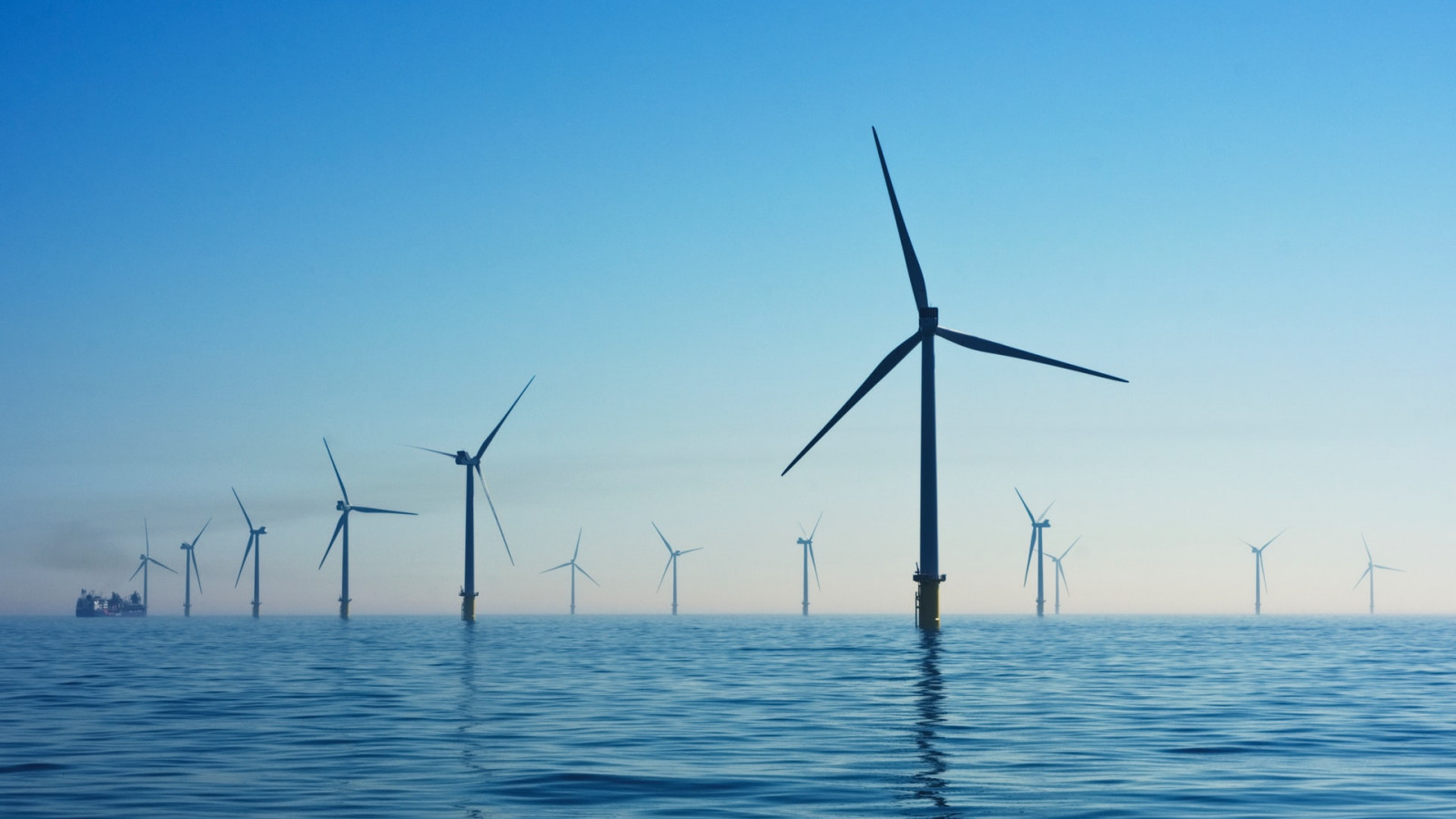Last year there was the regular argy-bargy over the price Rio Tinto is to pay for Manapouri electricity with the argument that the Tiwai Point refinery needed to close because of economic viability problems. With much community anguish there was a flurry of suggestions of how to use all this surplus electricity. Surprise-surprise; recent news reports of last week indicated that rising aluminium prices are likely to ensure that refining will continue. Why would they not when there is this dedicated supply of green electricity? For Manapouri to be integrated into the national grid a major investment would be required to create the link. Would any of the shareholder owned Gentailers seriously consider such a proposal when there are much easier pickings in the market for the energy they currently have?
At the end of last year there were announcements from several large international computer companies that they propose to build massive data storage and computing services facilities in the Auckland region. These types of major developments do not reach the public gaze until they are well on the road to reality, which in the case of computing requires an absolutely secure electricity supply as its primary concern. It is safe to assume that there are already watertight long-term contracts for an uninterrupted supply of electricity for any project now at the detailed planning stage. Given New Zealand’s apparent abundance of Green Electricity we are a very attractive location for these companies but where is the planning to ensure a long-term energy supply for industry, commerce, transport and domestic users?
One such scheme in Southland was reported in the Dominion Post of Monday 17th January, and can be read on Stuff online here. It makes interesting reading as it sets out what is involved in the development of these data centres. While it says that 800 to 1200 workers are needed for the build, only 25 to 70 staff are required for its operation. The resource consent application asks for up to 150MW of power, which is reportedly a quarter of the power currently used by the smelter, so where does this come from if Tiwai Points remains? It is reported that Meridian Energy could supply up to 100MW — presumably NZ citizens will supply the remainder when it inevitably will be needed.
At a smaller scale, National Radio’s Nine to Noon programme on 19 November 2021 interviewed interested parties about plans by Contact Energy to build a data centre for a UK based company at Lake Dunstan in Otago. This seems to be being developed with block chain and cryptocurrency mining as its primary use. This is a direct off-shore exporting of our precious energy assets without any gain to the country. Of course there is a continuing significant gain for the Gentailer’s shareholders. Data centres require an uninterrupted electricity supply with first-call from the Gentailer, at the expense of other customers. While much is needed to keep the computers running, a significant proportion is vital for the cooling of the complex which could be better used instead to drive transport and to replace coal-fired boilers. This is why data centres are located in northern Canada.
Looking to the future in which the country is gradually increasing the local electricity demand with the conversion of the economy from other energy forms to electricity, will there be an adequate and flexible network supply if as soon as a surplus occurs it will be snapped up by the internationals? Taking the business models of the Gentailers to sell as much electricity as possible for the highest market price for the longest available contract for the benefit of their shareholders before the citizens, what likelihood is there that NZ Incorporated will have a secure future electric infrastructure? I’ve just attended a seminar where it was said that to achieve the COP26 energy targets a 7 trillion dollar investment is required of which around 60% will be in the electrification of the world.
I’m not against having the international data centres here, it is just that if they are to come then they should be required to bring their own generation — they can easily build wind and solar farms for their exclusive use without sponging off our facilities.
To supply its own needs New Zealand requires major infrastructure upgrading of the existing, as well as the construction of new generation, just to stand still. In my Blog of August 2021, ‘IPCC: What Consequences Arise for the Building industry?’ I present an example of the problems for the present urban electricity network to cope with the rapid rise of just electric car ownership.
Through EcoRate Ltd – Architect I provide objective independent passive solar thermal performance analysis and advice on sustainability matters, to architects, designers, builders, manufacturers, and others in the construction industry, included those proposing to build a new home. I am also a Homestar Assessor.
For more information feel free to contact Keith at EcoRate Ltd on 021 890 251, [email protected], or visit www.settlement.co.nz.




























 Most Popular
Most Popular Popular Products
Popular Products


